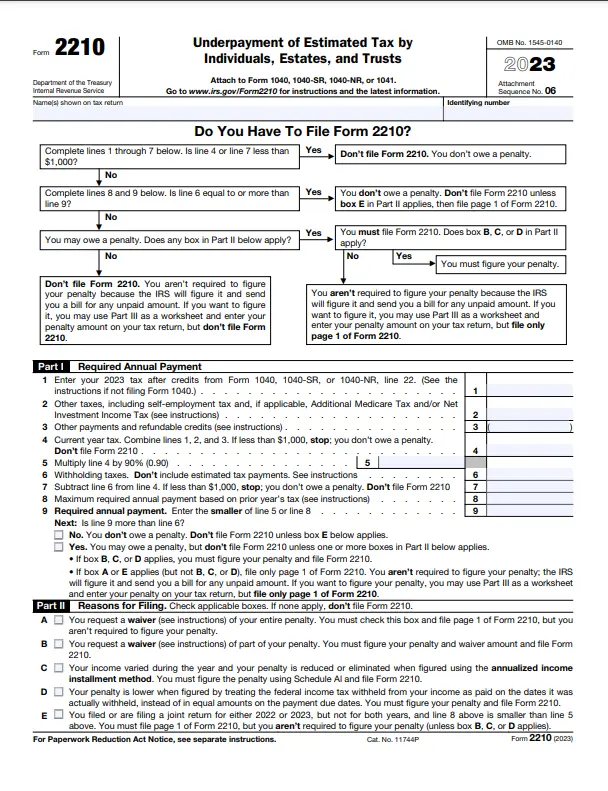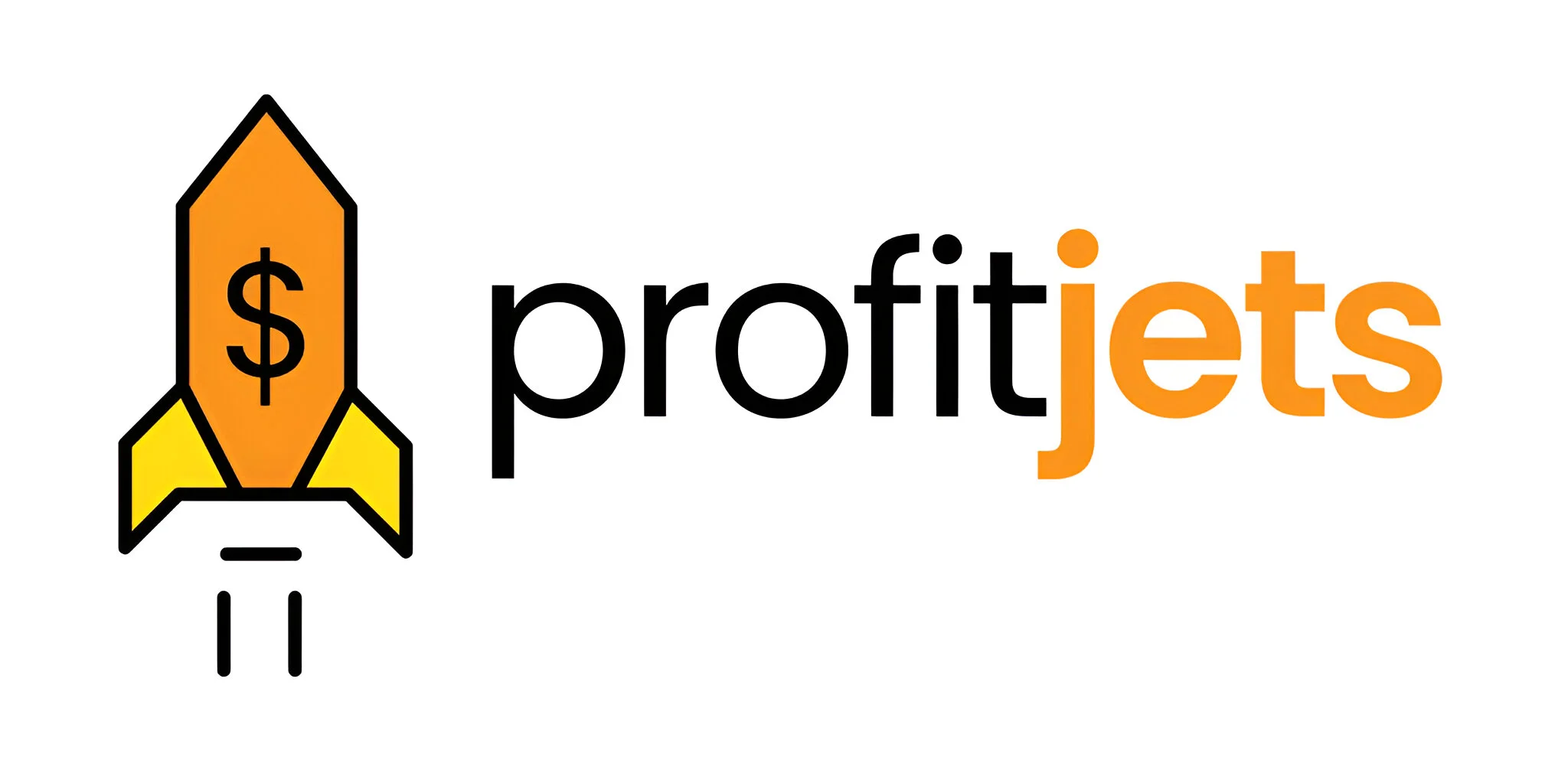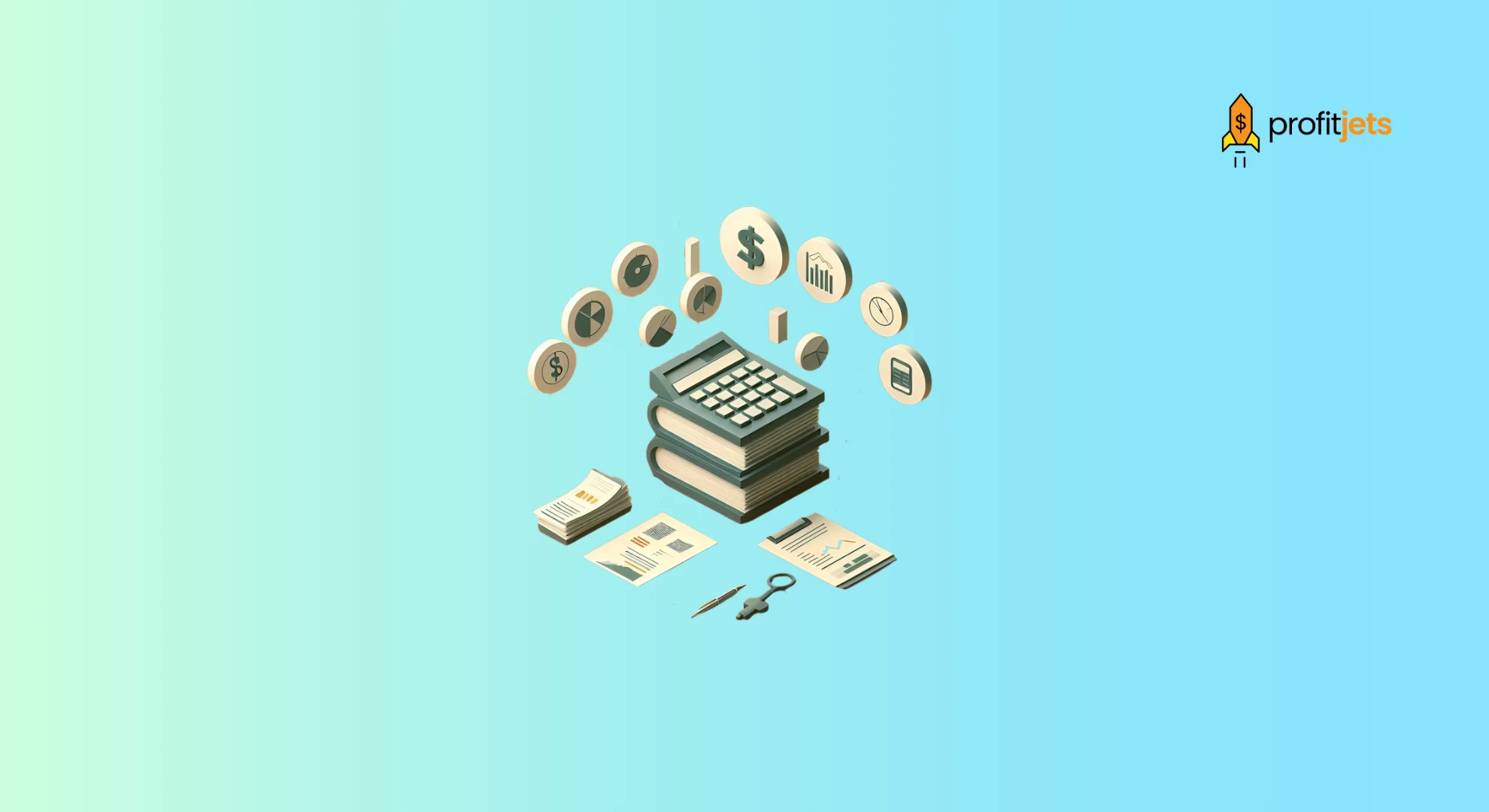Managing your taxes effectively means staying compliant with IRS regulations. One such requirement is IRS Form 2210, which is used to determine whether you owe a penalty for underpayment of estimated taxes. If you’ve underpaid your taxes throughout the year, you may need to complete this form to calculate and reduce any penalties.
In this guide, we’ll explain everything you need to know about Form 2210, how to file it correctly, and how to avoid penalties in the future.
Table of Contents
What Is IRS Form 2210?
Form 2210, officially titled Underpayment of Estimated Tax by Individuals, Estates, and Trusts, helps taxpayers determine if they owe a penalty for not paying enough taxes during the year.
The IRS requires taxpayers to make estimated tax payments if they do not have enough withholding from their income. These estimated payments should cover the following:
- Self-employment taxes
- Business income
- Investment earnings
- Capital gains
If you underpay your estimated taxes, Form 2210 helps assess the penalty and determine whether you qualify for an exception.

Who Needs to File Form 2210?
You need to file Form 2210 if you:
- Underpaid your estimated taxes throughout the year
- Owe a penalty for late or insufficient tax payments.
- Had uneven income throughout the year and qualified for an adjusted penalty
- Want to request a penalty waiver due to exceptional circumstances.
However, the IRS automatically waives penalties if you:
- Paid at least 90% of the total tax liability for the year
- Paid 100% of last year’s tax liability (or 110% if your adjusted gross income exceeded $150,000)
If you meet these criteria, you do not need to file Form 2210.
How to Fill Out Form 2210: Step-by-Step Instructions
Step 1: Gather Your Tax Documents
Before filling out Form 2210, ensure you have the following:
- Your 1040 tax return
- Records of estimated tax payments
- Any W-2 or 1099 forms for reported income
- Investment income statements
These documents will help you accurately calculate underpayments and determine if you qualify for penalty waivers.
Step 2: Determine If You Owe a Penalty
To check if you owe a penalty:
- Look at Line 37 of your Form 1040 (total tax owed).
- Compare this with the total tax payments made during the year.
- If you owe more than $1,000 after subtracting estimated payments and withholding, you may have an underpayment.
If you determine that you are underpaid, proceed to complete Form 2210.
Step 3: Fill Out the General Information Section
The first part of Form 2210 includes general taxpayer information:
- Name & Social Security Number
- Tax Year Information
- Estimated Tax Payment Breakdown
Check the appropriate boxes to indicate whether you are using a regular penalty calculation or an alternative penalty reduction method (such as the annualized income installment method).

Step 4: Calculate the Underpayment Penalty
This section involves complex calculations. Follow these steps:
- Line 1-9: Enter your total tax liability and estimated payments made.
- Line 10-18: Compute the underpayment amount for each quarter.
- Line 19-26: Apply penalty waivers or adjustments if eligible.
If your income fluctuates throughout the year, you can reduce your penalty using the annualized income installment method.
Step 5: Complete the Penalty Calculation Worksheet
- If the penalty applies, you must compute it using the IRS penalty rate based on the time your tax was underpaid.
- The IRS calculates penalties based on quarterly tax due dates (April 15, June 15, September 15, and January 15 of the following year).
- Multiply the underpayment amount by the penalty rate for each period.
If you qualify for penalty relief, you may include an explanation letter requesting a waiver.
Step 6: Submit Form 2210 With Your Tax Return
Once completed, attach Form 2210 to your Form 1040 and submit it to the IRS. If filing electronically, most tax software programs will guide you through the penalty calculation.
If you need help with tax calculations or penalty waivers, consider consulting a tax professional or using outsourced tax services.
How to Avoid Underpayment Penalties in the Future
Underpaying your taxes can be stressful. Here are three ways to avoid penalties:
1. Adjust Your Withholding
If you’re a W-2 employee, update your Form W-4 with your employer to ensure enough tax is withheld from your paycheck.
2. Make Estimated Tax Payments
If you’re self-employed or earn non-W-2 income, make quarterly tax payments to the IRS.
3. Use Professional Tax Services
Outsourcing tax preparation to a CFO service or a bookkeeping firm can help you stay compliant and avoid costly penalties.
How Profitjets Can Help with Tax Compliance
At Profitjets, we specialize in helping businesses and individuals with tax planning, bookkeeping, and CFO services. Our experts can:
- Accurately calculate estimated tax payments
- Minimize penalties through strategic tax planning
- Ensure compliance with IRS regulations
Let us handle the numbers while you focus on growing your business.

Final Thoughts
Filing Form 2210 correctly can help reduce or eliminate underpayment penalties. By following these steps, you can ensure compliance with IRS regulations and avoid unexpected tax liabilities.
If you’re unsure about your tax situation, consider outsourcing your tax services to experts who can guide you through the process.










